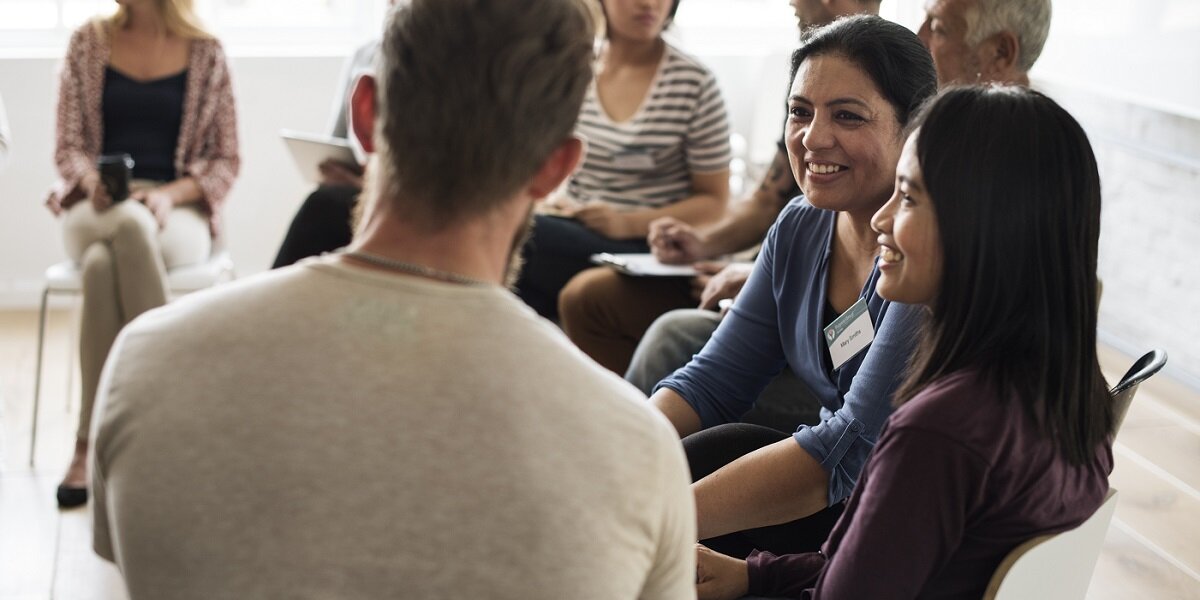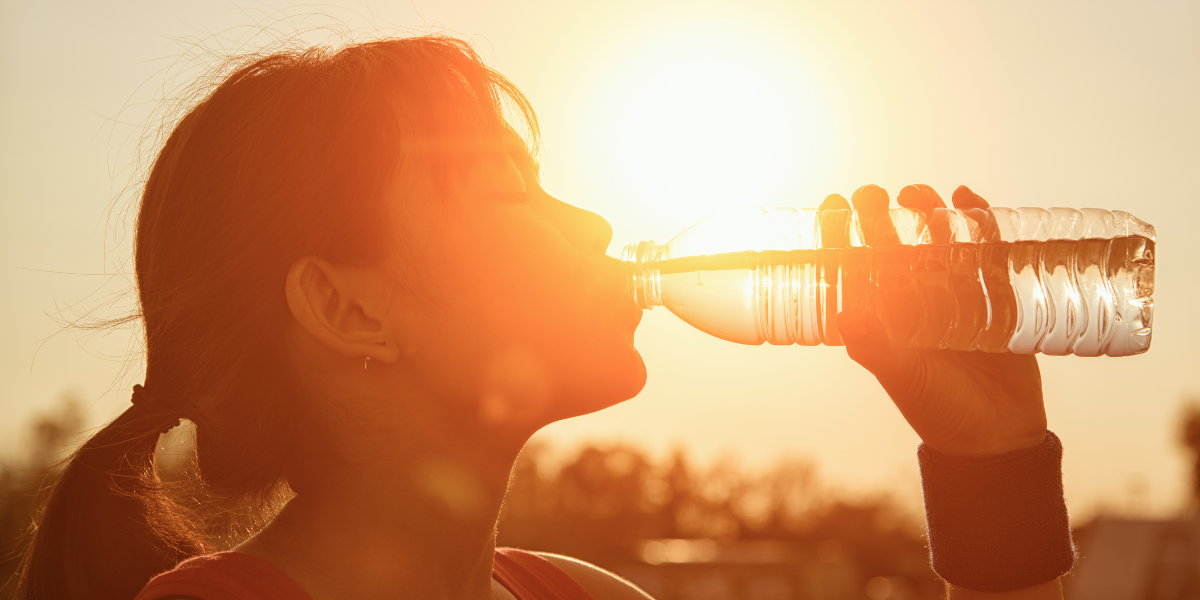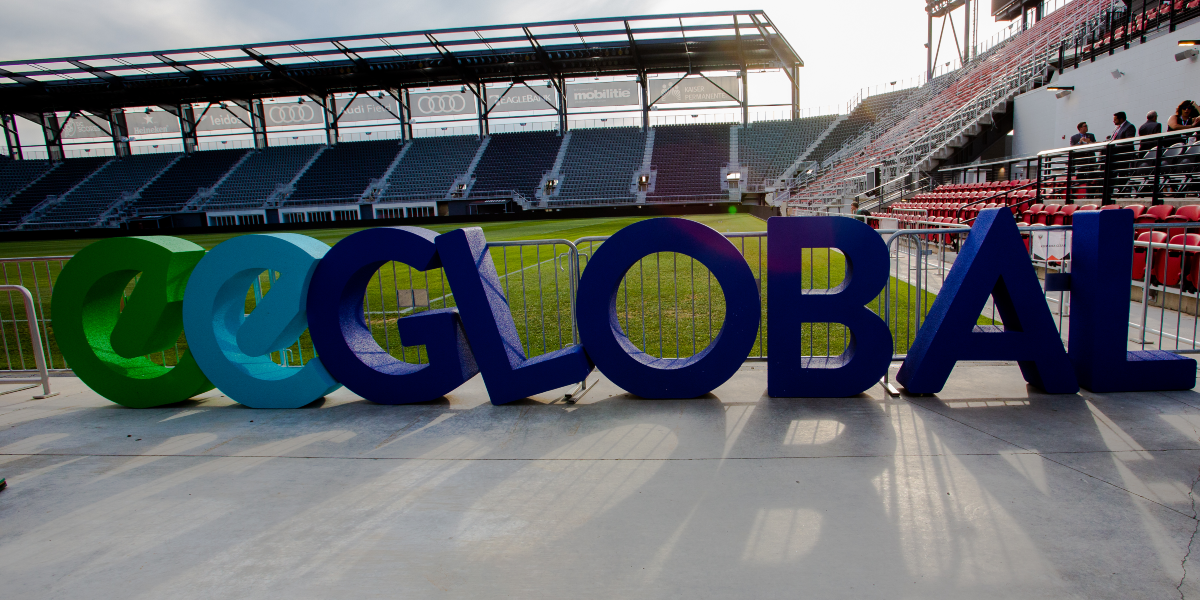Building Customer Trust: Utility Partnerships with Community-based Organizations
Let's Save Energy
Alliance to Save Energy's Blog
Building Customer Trust: Utility Partnerships with Community-based Organizations

Let’s start with an important fact: Underserved communities, including low-income households, communities of color, and renters, face higher energy burdens than other households, meaning a higher portion of income is spent on energy costs. Energy efficiency is one of the best tools to help these customers reduce their energy bills and enhance quality of life. While many utilities offer energy efficiency programs tailored towards underserved customers, increasing participation and easing access to these programs remains a challenge, despite the numerous benefits. Why?
It comes down to community trust: At a Southeast-focused Active Efficiency Collaborative workshop on Next-Generation Performance-based Utility Program Models, participants from the utility sector noted that trust was a barrier to participation and that customers often questioned if programs were legitimate and if “free really meant free.” These concerns are not unwarranted, especially in communities where disingenuous marketing techniques have been employed by some utilities, as noted by workshop participants.
So how can utilities create a sense of trust among underserved customers? One promising approach involves partnerships between utilities and trusted community-based organizations, such as food banks, places of faith, and health care centers. Compared to utilities, community-based organizations are more attuned to customers’ needs and more likely to have developed a positive relationship with community residents, making them well-positioned to inform local utility energy efficiency programs and promote their benefits. Utilities can partner with community-based organizations on conducting outreach to low-income customers and collecting input for incorporation into energy efficiency program designs, which can eventually increase community participation and build trust as customers realize benefits.
Here are four examples of diverse utility-community partnerships that cultivated trustworthy and lasting relationships with low-income and underserved customers:
Diverse community partners to foster inclusion: DTE Energy
DTE Energy, a utility in Michigan, partners with almost 30 community-based organizations, such as food banks and Habitat for Humanity, that have the ability to access hard-to-reach communities. For example, in an effort to be more inclusive of deaf customers, DTE collaborates with the Alliance for Deaf Services to translate program information into American Sign Language and pilot new technologies like Video Remote Interpretation to enable program participation for deaf customers.
Yearly events to engage communities: Tacoma Public Utilities
In Washington State, Tacoma Public Utilities (TPU) leverages partnerships with community organizations to extend program services to low-income customers. Every year, TPU hosts an event to update community partners on new programs that the utility offers. The partners, who have already built trusted relationships with community members, disseminate information on utility programs and services after the event. TPU also collaborates with low-income housing property managers to enroll residents in utility programs onsite.
Dedicated initiatives for partnerships: Xcel’s Partners in Energy program
Xcel Energy’s Partners in Energy program engages local communities in Colorado, Minnesota, and Wisconsin by helping them develop and implement an energy plan tailored to their needs. The Partners in Energy program attempts to foster relationships with community stakeholders by seeking input from residents, businesses, and nonprofits. Xcel Energy staff attend local events to inform residents of available utility energy efficiency programs.
Utility partnerships with health-care organizations
Utilities can also work with health care organizations to promote energy efficiency and weatherization programs as a way to improve housing and health conditions for customers. Many customers in underserved communities aren’t able to participate in energy efficiency programs due to ill-maintained, old, and inefficient housing. Structural and public health issues (e.g. asbestos, mold, defective wiring) must be resolved before implementing energy efficiency measures. Coordinating energy efficiency and public health funding can make the connection between health and energy efficiency clearer and increase the impact of these programs.
At a Southeast Energy Efficiency Alliance (SEEA) webinar on health and energy efficiency, a Tennessee Valley Authority (TVA) representative discussed TVA’s partnerships with the health care community and managed care organizations to quantify the air quality and health benefits of energy efficiency measures. Physicians could also be a trusted source or bridge between utilities and underserved communities standing to benefit from energy efficiency services.
Partnerships with local organizations offer a model for utility engagement with the community to build customer trust. As utilities around the country recognize the need to grow their investment of resources in underserved communities, they should consider opportunities to increase community buy-in and trust through these types of partnerships so that everyone in their communities can benefit from energy efficiency.
RECENT BLOG POSTS
STAY EMPOWERED
Help the Alliance advocate for policies to use energy more efficiently – supporting job creation, reduced emissions, and lower costs. Contact your member of Congress.
Energy efficiency is smart, nonpartisan, and practical. So are we. Our strength comes from an unparalleled group of Alliance Associates working collaboratively under the Alliance umbrella to pave the way for energy efficiency gains.
The power of efficiency is in your hands. Supporting the Alliance means supporting a vision for using energy more productively to achieve economic growth, a cleaner environment, and greater energy security, affordability, and reliability.



